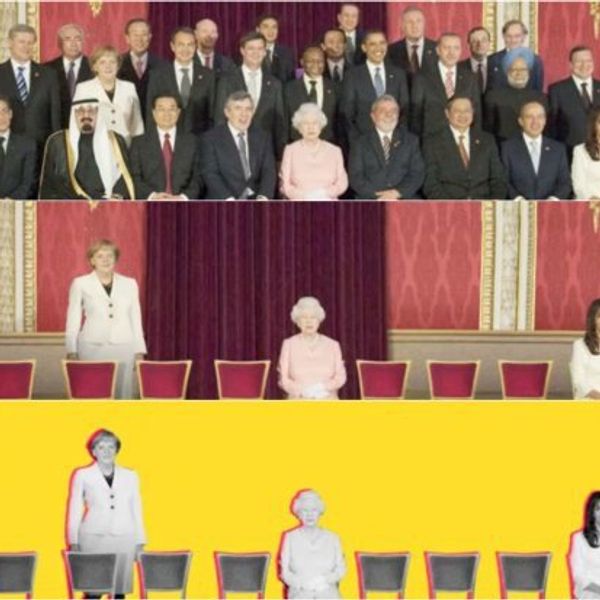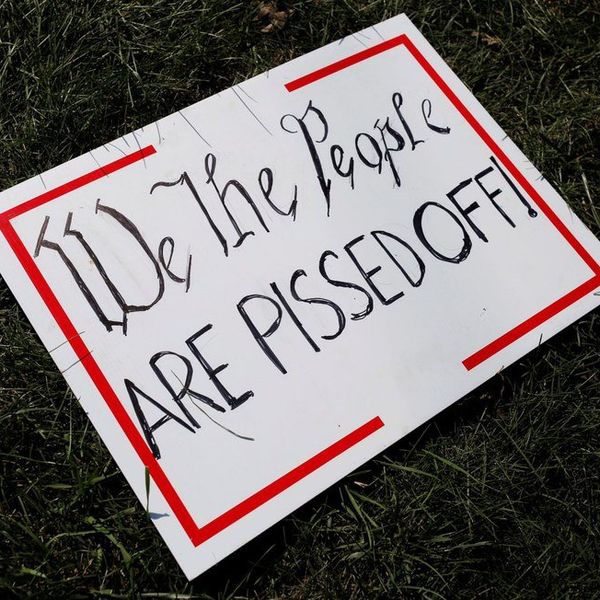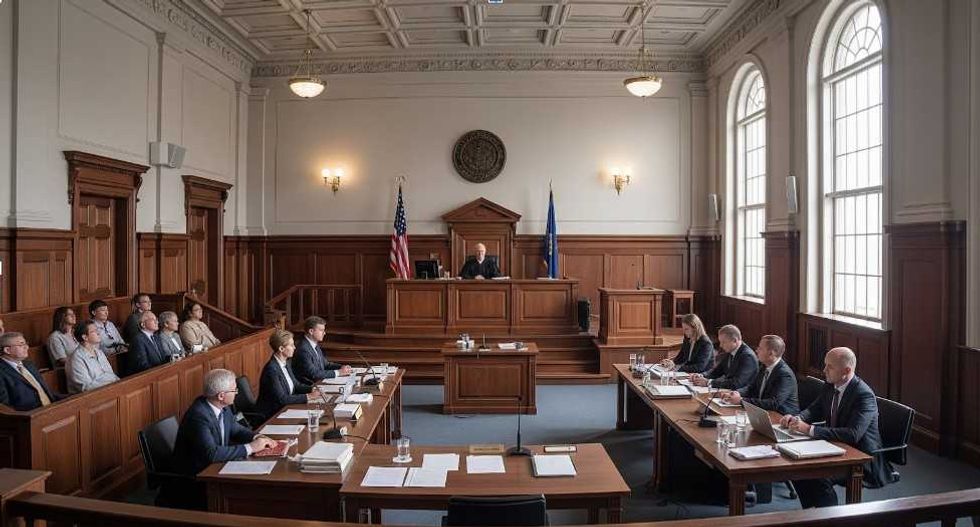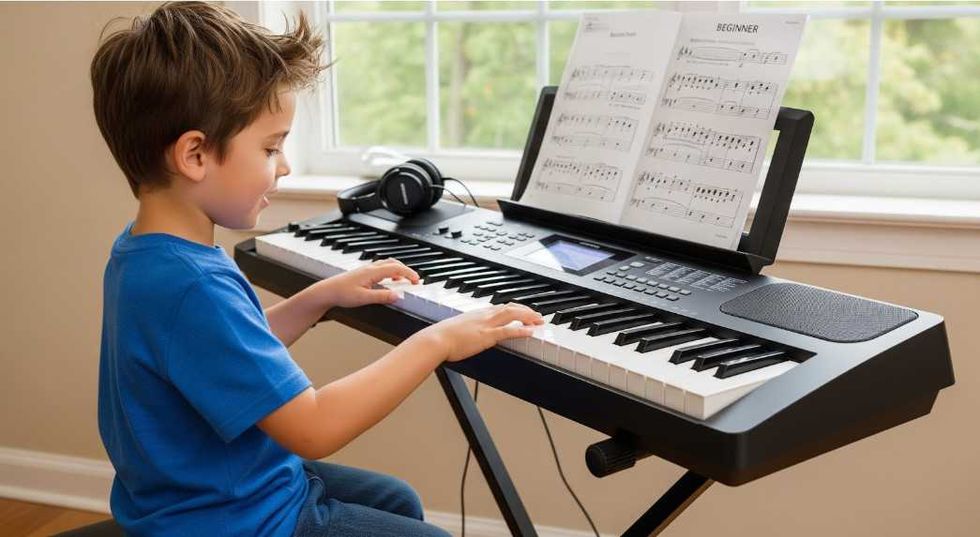There is no doubt that the road to the 2016 presidential election has been anything short of shocking. Campaigns that should be centered on platform policy and candidate initiatives have taken a turn for the dark, focusing instead on the defamation of character from both ends. In a race such as this one, it is almost impossible to pick out the relevant details – the ones that correlate directly with each candidate’s ability to guide this country – and remain focused on the end goal. In a fight like this, it is easy to forget that this election is much bigger than the candidates themselves.
Now, I’m not by any means claiming to be an expert on the intricacies of this election. In fact, I admit that I often find myself struggling to keep up with the latest interviews, speeches, and polls – as much as I try. I certainly do not know everything – or even most – of what there is to know about the decision with which I will be faced in a mere four months. However, there is one thing I know for certain: When I cast my first-ever vote for president in November, there will be a woman on the ballot.
Beginning with our Founding Fathers, this country has developed on the premise that men are the only people suitable to be leaders, that only they have the strength and intellectual capability to bear the responsibility of innovation and decision-making. For decades upon decades, these traditional values have barred women from realizing their full potential, discrediting their immense qualifications as leaders in government and beyond. To this very day, women continue to struggle for equal pay, equal respect, and, most importantly, equal opportunity.
However, like with every instance of hardship and injustice, there comes a pivotal moment – one that stops everything in its tracks. And with that moment, tangible hope that there may just be a little light at the end of the tunnel. For women in leadership, this moment began in 1916 and continued in 1932 when the first women elected to the House of Representatives and the Senate paved the way for the 104 congresswomen working in Washington today. These two women began to chip away at the boundary that has since proven to be unbreakable – until now.
Just over one week ago, this country saw the greatest step toward gender equality in its history: A female candidate accepted the nomination for the presidency. For the first time in the existence of this country, its people gave a woman the opportunity to lead in a global arena, one that comes with an immeasurable amount of pressure, responsibility, and accountability. The candidate herself as well as the outcome of the election is far less important than the fact that a country governed by men finally entrusted a woman to carry out its duties with the same success as anyone else.
This is the pivotal moment – and its implications are huge. Women will no longer have to question their worth in the workplace and in society. Instead, they can find strength in knowing that the boundary is disappearing. Even more important than that, young girls will no longer be limited in their dreams. Instead, they can look at the precedent set in this election and feel confident that they can achieve, that they can be anything. And once this all comes to fruition, this country, and the world, will be a better place.
But it doesn’t end here. In fact, this nomination is only the first move toward a brighter future for women in the workforce. It is only when the “first woman” anything is no longer viewed as a revolutionary event that we have truly broken the wall. Until then, we must turn this nomination into a stepping stone for greater change while the attention and momentum are stronger than ever.
I can say with absolute certainty that I don’t ever want to simply be my father’s daughter or my husband’s wife. As I enter the phase of my life that will eventually lead me to a family and a career, I am more hopeful than ever that I, as a woman, can do it all. So it couldn’t be more fitting – and I couldn’t be prouder – that my first election will be this one.





















